
Teaching multiplication tables has never been an easy task for teachers. After calmer content, children are suddenly inserted in the middle of operations involving all possible numbers. From there, the first difficulties begin.
But, nobody said, either, that teaching the tables must be boring! Through games, teachers can work on this content much more effectively, obtaining satisfactory results in terms of learning and memorization.
see more
NGO considers ‘improbable’ federal goal of integral education in the country
Ninth economy on the planet, Brazil has a minority of citizens with…
Check out ten really cool suggestions that Escola Educação brought you to work with your students.
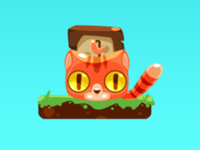
The idea is that the child will help the cat to collect the things he likes, as he makes him climb through the clouds. But this only happens if the player answers the questions correctly. Every ten hits, the player gains a life and goes up between the 12 levels.
Access the little game here.
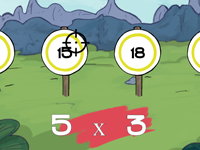
On the start screen, the child will choose which table he wants to start with. Next, you will be presented with the question and answer options. But the challenge doesn't stop there! When the player gets it right, three balloons will appear that he will have to pop with the mouse cursor to appear the next move.
The game can be accessed here.

It can be played by one or two competitors. Before starting, you can choose to play with one or multiple tables. The child needs to click on a letter that can be the question or answer. Then you need to find the corresponding letter. The object of the game is to find the cards with the same number as the sum of the table.
Start learning by clicking here.
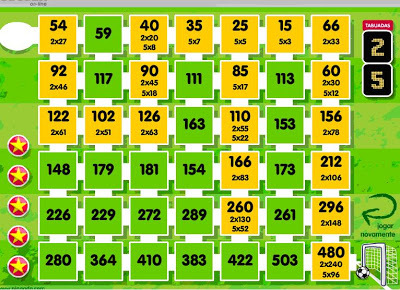
The game was created by the mathematician Antônio José Bigode. The child needs to find the way to the goal by hitting the multiplication table questions. On the first screen, she chooses the two tables she wants to play. On the next screen, several numbers will appear in squares. Using the keyboard arrows, it is necessary to move the bag only to the numbers present in the chosen tables.
make your goal here.

The player will have to cook sandwiches for his customers who, in turn, place orders using the multiplication tables. The ingredients will be known from the answers to each question. It is possible to choose the table you want to play right from the start. The more you get it right, the more prizes you'll win to make the restaurant beautiful.
Serve your customers by hitting the table here.

The game allows you to work with addition, multiplication, division and subtraction tables. In it, a little bird needs to pick up numbers to complete operations on the multiplication table. However, you need to be careful not to get the wrong number or with other bad birds that can hurt you. Therefore, you need to avoid them.
help the little bird here.
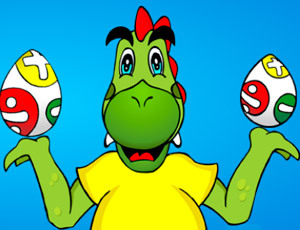
Very simple game that trains operations with the numbers you choose on the first screen of the game. In addition to choosing the numbers and type of operation, the child can access the games at the easy and difficult levels. Dino's Table doesn't have much secret, just answer and practice the answers, memorizing them.
Learn with Dino here.
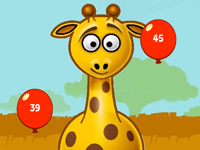
The object of the game is to pop the balloon with the right answer. On the first screen, you can choose how many times tables you want to work with, in addition to one of the three levels. When you start the game, you will be presented with the question and several balloons. The child needs to hit the one with the right answer.
check the game here.
The proposal of this game is a little different from the others. The numbers will be presented and, based on the answer, the child will need to choose the type of operation. The more trades you hit in a minute, the better.
start the challenge here.

This one won't even need internet! Just materials like cardboard, clips, markers and ribbons to play with! It works like this. A board is set up containing several numbers as a result of multiplications. Below it are the numbers that students will choose to multiply.
The first player chooses two of the numbers below the board and places a paperclip over each of them. Then he multiplies them, marking the result on the board. The first to cover four numbers in a row wins.

